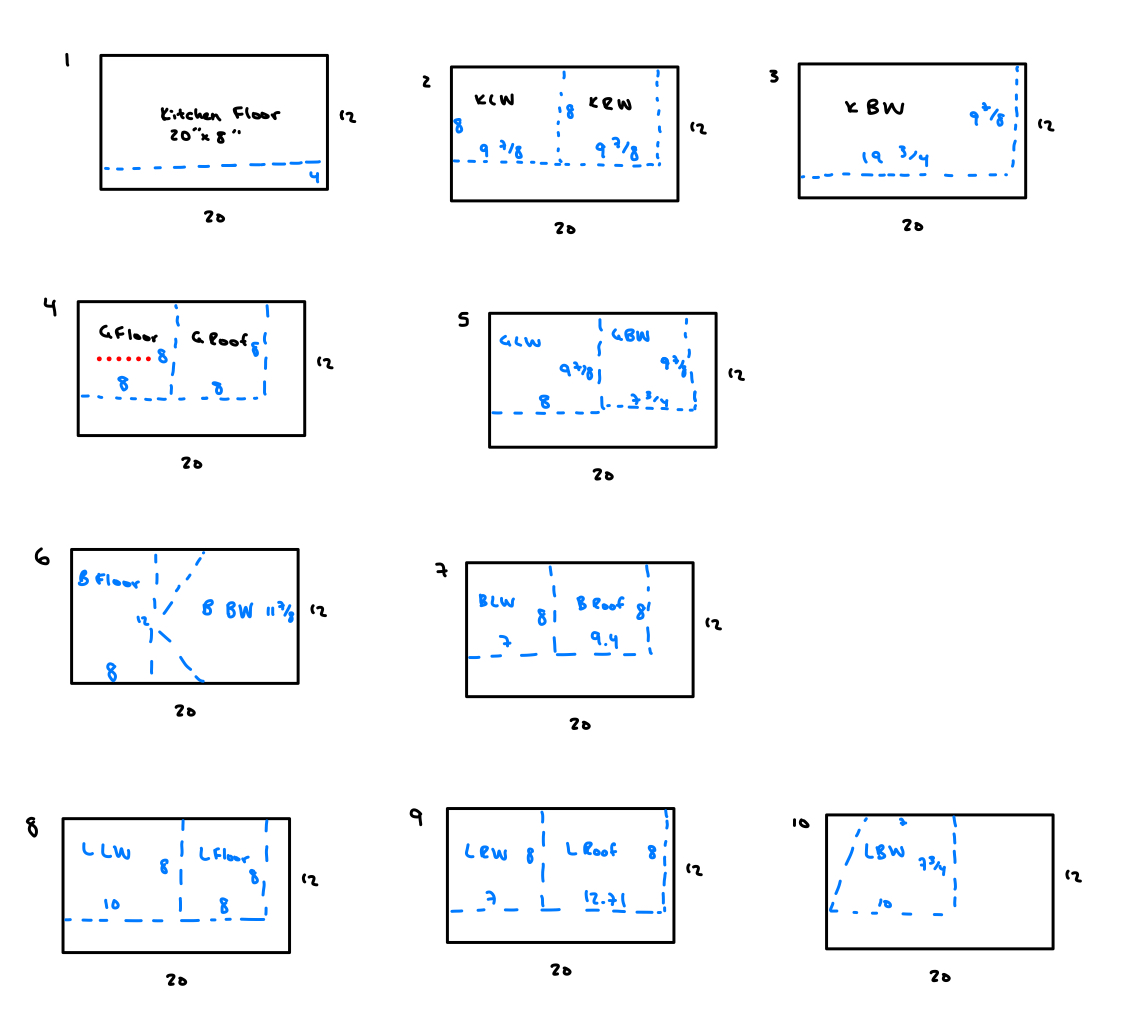- Risk: Hardware Integration Challenges
- Issue: Ensuring seamless communication between sensors, microcontrollers, and the backend system is critical. Incompatibility between components or unexpected electrical issues could cause delays.
- Mitigation: We are testing each hardware module separately before full integration and maintaining thorough documentation for troubleshooting.
- Risk: Energy Monitoring Accuracy
- Issue: If the system fails to accurately track and optimize energy consumption, the value of SmartWatt is diminished.
- Mitigation: We are calibrating sensors early in the process, running validation tests, and comparing data against trusted benchmarks..
Contingency Plans:
- If hardware integration delays occur, we will simulate system behavior in software to continue progress.
- If energy monitoring accuracy issues arise, we will refine our algorithms and conduct more extensive testing.
2. Design Changes and Their Impact
This week, we made the following adjustments to our system design:
- Change: Updated Physical Model Design
- Reason: To improve wiring organization and ease of sensor placement, we modified the demo house’s wall structure to include a layered design (wood exterior, acrylic interior).
- Costs: This change requires additional material procurement and minor CAD redesign work.
- Mitigation: We are sourcing materials efficiently and ensuring that fabrication remains within our timeline.
By proactively managing these risks and changes, we aim to keep SmartWatt on track for a successful completion.
ARIMA models from sklearn have been added to the load forecasting module as they have better accuracy on testing data.
Progress
- Frontend of webapp scoped out
- ML models working with simulated data
- API and communication requests between backend and ESPHome and Home Assistant established
Additional Weekly Questions
3. Considerations of Global Factors:
SmartWatt addresses the growing global need for energy efficiency and sustainability by optimizing household energy consumption. As the world transitions to renewable energy, challenges such as grid instability, peak demand management, and high electricity costs are becoming more pressing. SmartWatt provides a data-driven solution by integrating smart meters, IoT-enabled devices, and AI-driven analytics to monitor and optimize energy use in real time. This system empowers homeowners to reduce their carbon footprint, lower electricity bills, and contribute to overall grid stability—an issue that affects both developed and developing regions as energy demands rise.
Beyond local energy concerns, SmartWatt aligns with broader global initiatives such as the United Nations Sustainable Development Goals (SDGs), particularly Goal 7: Affordable and Clean Energy. By enabling users to shift energy consumption to off-peak hours and integrate renewable sources like solar, SmartWatt helps reduce reliance on fossil fuels and supports cleaner energy adoption worldwide. Additionally, in regions where energy access is limited or expensive, SmartWatt’s optimization algorithms can help households maximize their use of available power, ensuring more efficient distribution of resources. As energy prices fluctuate due to geopolitical and economic factors, SmartWatt provides a scalable, intelligent approach to energy management that benefits users across diverse global contexts.
Part B (written by anyab)
Cultural differences influence energy consumption behaviors, regulations, and sustainability priorities. In Europe, where time-of-use tariffs are common, the system automates energy usage during off-peak hours (we use Nordpool API which provides spot electricity prices in Europe) . In regions with flat-rate pricing, it prioritizes renewable energy and battery storage. These region-specific energy insights make the system adaptable to diverse communities, ensuring relevance and effectiveness. Beyond energy consumption habits, cultural attitudes toward technology and automation play a significant role in system adoption. In regions where smart home technology is widely embraced, users may prefer fully automated energy management, while in areas with privacy concerns or skepticism toward automation, the system can offer manual control options to align with user preferences.
Part C (written by sdoshi2)
Environmental factors play a crucial role in the development of SmartWatt.
It is expressly designed to reduce household energy consumption. By optimizing energy usage and promoting demand-side management, SmartWatt helps lower reliance on fossil fuel-based power generation, which remains a major contributor to greenhouse gas emissions. Additionally, by integrating renewable energy sources such as solar panels, the system encourages sustainable energy practices and reduces strain on non-renewable resources.
We also take into account the fact that the users environment will discate the renewable power production and the power consumption based on climate/weather
Beyond energy reduction, SmartWatt also considers energy efficiency in hardware selection. The sensors and microcontrollers used in the system are also chosen to lower power consumption to ensure that the monitoring and optimization processes do not inadvertently contribute to excessive energy use.
Furthermore, SmartWatt aids in environmental conservation by mitigating energy wastage. By identifying inefficiencies such as poorly insulated spaces, users can make informed decisions to enhance their home’s energy efficiency. This proactive approach not only saves money but also reduces unnecessary energy demand, contributing to a broader reduction in environmental degradation. In regions where power generation relies heavily on coal or other environmentally harmful methods, SmartWatt’s ability to shift energy consumption to cleaner energy sources can make a significant difference in reducing ecological impact.
By addressing these environmental factors, SmartWatt aligns with sustainability goals and contributes to a more energy-efficient future, making it an essential tool for environmentally conscious consumers and policymakers alike.









